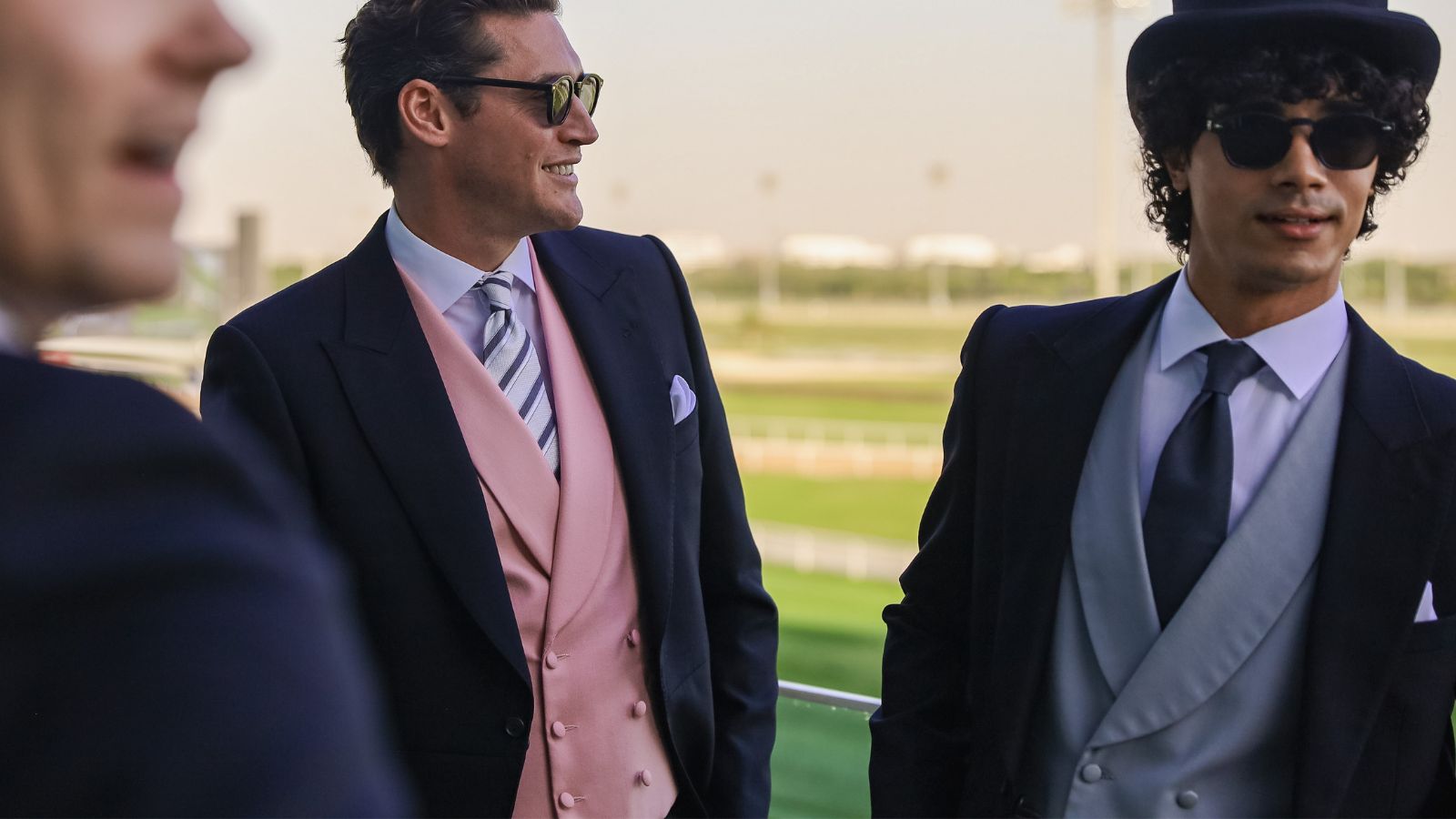The waistcoat has been a central piece in men's fashion for centuries. It is known for its versatility and timeless appeal. Originally designed as a practical garment for warmth and layering, it has become a stylish staple in men's wardrobes.
The waistcoat has seen many changes from its introduction in the 17th century to its role in today's formal and casual outfits. It has adapted to shifting trends, from the ornate designs of the 18th century to the sleek, tailored looks we see now.
In this article, we'll examine the fascinating history of the waistcoat and how it has transformed over the years to become a lasting symbol of men's fashion.
The Origins of the Waistcoat: 17th Century Beginnings
The waistcoat made its debut in the mid-17th century. Introduced by King Charles II of England as part of his vision for a more refined, structured men's wardrobe, his decree was a key moment in fashion history, marking the waistcoat as a staple for gentlemen of the time. Beyond its fashionable appearance, the waistcoat served a practical purpose. It provided extra warmth while maintaining a formal silhouette, making it functional and stylish.
The Waistcoat's Rise to Prominence in the 18th Century
In the 18th century, the waistcoat became a symbol of status and refinement among aristocrats and gentlemen. For the upper class, waistcoats weren't just functional but a statement of power and prestige. The more elaborate the design, the greater the display of social status, making the waistcoat an indicator of wealth in 18th-century fashion.
Waistcoats during this period were often crafted from luxurious fabrics such as silk and velvet. They featured intricate embroidery, ornate patterns, and vibrant colours, reflecting the wearer's wealth and societal position. These decorative designs made the waistcoat a centrepiece of men's fashion.
The Victorian Era
The Victorian era saw the waistcoat become a key element of the classic three-piece suit. It was during this time that the suit as we know it today was formalised, with the waistcoat providing structure and a polished look for the well-dressed gentleman.
As the Industrial Revolution progressed, there was a shift towards darker, more subdued fabrics and colours. Bright waistcoats gave way to simpler designs in shades of black, grey, and navy, reflecting the more serious tone of the era.
The waistcoat also played a crucial role in shaping the tailored, slimmer silhouette that became fashionable in the 19th century. Worn snugly, it helped create a streamlined figure, emphasising a man's frame while maintaining a neat, formal appearance suitable for business and social occasions.
The Decline and Resurgence of the Waistcoat in the 20th Century
After World War I, the waistcoat declined in popularity as fashion became more casual and practical. The structured three-piece suit gave way to the simpler two-piece suit, which was easier to wear and reflected the more relaxed post-war attitudes.
However, the waistcoat has seen a resurgence in recent years, particularly in formal settings. It's now a popular choice for weddings and formal events where it adds a touch of elegance and a nod to classic style.
The Waistcoat's Role in Men's Fashion Today
The waistcoat has adapted to modern trends in contemporary fashion while maintaining its classic appeal. It is now worn in casual and formal settings, offering versatility to men's wardrobes.
A waistcoat is an easy way to elevate an outfit, transforming a simple look into something more polished. It can be worn with a shirt for a smart-casual vibe or as part of a three-piece suit for a more traditional, formal appearance.
Waistcoats are particularly popular at weddings and formal events. They are also commonly seen at events like horse racing, where dressing up is part of the tradition.
Final Thoughts on the Waistcoat's Journey Through Fashion History
The waistcoat has come a long way, evolving from a practical layering garment in the 17th century to a versatile fashion accessory in modern times. It has adapted to changes in style, shifting from elaborate designs to simpler, more tailored looks.
Despite fluctuations in fashion trends, the waistcoat remains a staple in men's wardrobes. Its timeless appeal and adaptability ensure its place in fashion for years, whether worn for formal events or as a stylish addition to casual outfits.
Want to look sharp for your next event? Explore Rathbones Tailor's collection of suits to hire!